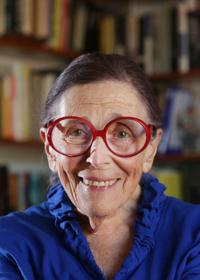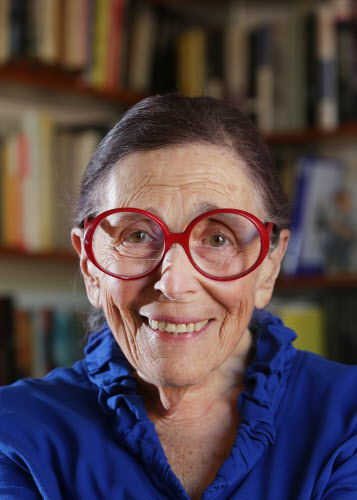There are those little decisions all of us make many times a day. Which blouse or tie? What to have for supper? Go out to the Loft or stay in and stream?
Then there are the monumental decisions of our lives. What do I really want to be now that I am grown up? Is this the person I want to marry? When shall I retire from work?
I have recently made a monumental decision to answer the question of how I want to spend my life now that I am almost a nonagenarian. Where shall I reside when I am no longer able to do the things I can do now? These decisions are difficult, personal, and they depend on many factors.
Old age is a very special time not granted to everybody. It is a gift. It depends on our genes, enough money to become educated and stay healthy, and luck.
Aging is a trajectory. We elderly live on a slope that goes downward. This means we will never be as healthy or wise as we are now. Thus, our thinking has to be realistic about the future. And we have to recognize and make plans about our future.
Once upon a time people who survived to old age relied on their children to care for them. Then, there were more children per family, family members tended to live nearby, and fewer people survived to old age. Families took care of aging kin at home until they died or became so enfeebled that they needed nursing care. Nursing homes, like hospitals then, consisted of wards with several or many patients. Care was often suboptimal. Wards could be smelly and little attempt was made to provide stimulation or comfort, just minimum care for bedridden patients.
Times have changed. Lower birth rates combined with longer life spans led to lots of old folks and fewer adult children to care for them. At the same time, we became a more mobile society. My children and grandchildren live in three time zones, none of them mine (except in the summer when Arizona does not move to daylight saving time and we morph into the West Coast as far as phone calls are concerned).
I did not make a hasty decision. I started to think about what I would do in advanced old age when I became an octogenarian. Friends began to give up their big houses and many moved into independent living facilities. I visited many of them and learned they were all glad they made the change when they did. I never heard anyone say they regretted the move and I heard several say they should have made the decision earlier.
At my age and health status, I could age in place with help as needed or move to a senior establishment. Aging in place as one grows older and less active can mean living in loneliness. My mother did just this with round-the-clock help for 10 years. In the beginning, many friends visited. As time went on, friends dropped away and my mother was lonely and fragile … a bad combination. My aunt moved to an independent living establishment soon after her husband’s death and, though she became fragile, she was never lonely. As a matter of fact, she blossomed during the last 12 years of her life.
This made independent living seem like a good choice to me. I already knew I did not want to leave my beloved Tucson — that decision was made many years ago. The next step was research into what was available in this area. After many months of research, discussion and visits around town, my partner and I have decided to move into a new independent living complex.
Definite pluses. We will live with less anxiety about our future as we continue our aging trajectory. We will be within a community of our own age group rather than living lonely at home. We will be able to eat at several restaurants on site or cook in our own small, but well-equipped kitchen. There are public spaces for events, a pool, gym, spa and other amenities. A nurse is available for the care of minor health problems on site. Maintenance of the units is provided as well as lectures, concerts and other communal activities.
Any negatives? You bet. I am in the daunting process of giving up my home of 40 years. But I have decided to look at the situation this way: I went through the empty nest syndrome when my children left home and I survived. I fully intend to survive leaving the nest I love.
The process of deciding what to move to our new apartment that is about half the size of this beloved nest is a challenge. Yes, I will part with some of the treasured possessions that I, like all the rest of us, have accumulated. I already have started to eliminate no longer needed files and am decimating two huge clothes closets as many outfits are no longer needed and our closet space will be adequate but not lavish. I should have been doing this along the way but procrastination is a guilty pleasure.
What will I do with a large wall crowded with plaques honoring or thanking me? No one else on earth needs or wants these. Neither do I any longer although each was much appreciated when received. I shall take photographs of all these so they will be memorabilia that take up only the space of a two-ring binder.
I am doing the same thing with what used to be called knickknacks. Way back in the 16th century a knack was a toy or trinket, or ingenious contrivance. Every shelf and piece of furniture in my home is covered with these bits of memorabilia ranging from a beautiful shell that has special memories for me to a pottery alligator made by my son in third grade. Some of these will accompany us in reality, most of them will be memorabilia in an album.
Readers, stay tuned. Future columns will cover our journey.




